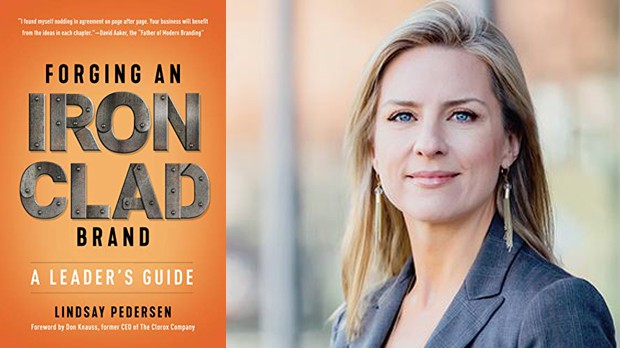Too many companies think brand-building belongs to the marketing department. But actually, it’s everyone’s business according to brand strategist Lindsay Pedersen. Retailers of all sizes can learn how to attract and keep new customers and impact both top and bottom-line revenues.
“Anyone whose work touches customers should know and feel your brand,” says Pedersen, author of Forging an Ironclad Brand: A Leader’s Guide. “This is a bottom-up, side-to-side, top-down, all-encompassing notion. The more everyone is using your brand as the North Star, the more faithfully your brand will grow your business with ease, purpose, and scale.”
That said, here are five brands that live their brand promise from boardroom to breakroom.
Zappos
Strong brands use rituals to systematically instill their brand promise. Take online footwear retailer Zappos, for example. After four weeks of paid training, each new hire is given this offer: “If you quit today, we will give you a $1,000 bonus.” Only those committed to the spirit of Zappos customer service choose to stay, thereby enhancing Zappos’s best-in-class customer service, such as representatives buying plane tickets to personally deliver items to customers during harried time crunches or in far-flung geographic restrictions.
Starbucks
Starbucks is another example of a brand using ritual to deliver on its brand promise. They begin their shareholder meetings with coffee tasting.
“Think of ways you can keep your product and your brand promise at the forefront of everything you do,” says Pedersen. “In Starbucks’s case, it’s great coffee, uplifting third-place space, and human connection, and the coffee tastings exemplify that. In your case, what ritual might immerse employees in your brand?”
Trader Joe’s
Trader Joe’s in recent years has had to decide whether to follow the approach of other grocery retailers and develop an online presence. That’s a hard decision, as expanding to online commerce would increase sales considerably. But with the Trader Joe’s brand as the filter, leadership has decided to say “no” to selling online.
As Pedersen points out in her book: “Trader Joe’s President, Jon Basalone, shared on the Trader Joe’s podcast, ‘For us, the store is our brand, and our products work best when they’re sold as part of this overall customer experience within the store. And so, we’re not ready to give that up. For us, the brand is too important, and the store is our brand.’”
Molly Moon’s Ice Cream
Molly Moon’s brand promise is “simple happiness from homemade ice cream.” The brand character is wholesome, light-hearted, and upbeat. In order to deliver on a brand promise of “happiness,” the ingredients must be of superb quality, the freezers must run at a consistent temperature to prevent ice crystals, and the ice cream servers need to have smiles on their faces. But Molly Moon’s took their brand promise even further.
“To my delight, I recently noticed that Molly Moon’s infuses their hiring with brand language,” says Pedersen. “A job posting in the shop window announced, in Molly Moon’s color and font (not in black-and-white or in generic font): “Now Hiring Optimists.” Not “Now Hiring Ice Cream Aficionados.” Not “Now Hiring, Great Benefits.” By recruiting optimists, Molly Moon’s heightens their ability to deliver on the promise of ice cream happiness. They become excellent at recruiting in order to operationalize brand.
WakaWaka Power
This product is a portable device for powering cell phones with solar energy. The headline on the website is “safe, sustainable solar for all,” and the tagline is “Share the Sun.” WakaWaka appears to be targeting people who care deeply about the earth, and their messaging and imagery are single-mindedly about sustainability. And yet, while Pedersen says WakaWaka does many things right, she says it could do better with its packaging.
“The device I ordered arrived in heavy and nonrecyclable (let alone biodegradable) plastic,” she says. “With a brand promise around sustainability, everything, including the packaging, must deliver on that. WakaWaka did not yet fully live its brand promise throughout the value chain. With sustainable packaging, they could more fully deliver on their promise. This reflects an important lesson for all companies: Never quit trying to improve on living your brand.”
“When you live your brand promise, something magical happens,” concludes Pedersen. “Customers seek you out. They become loyal. They spread the word and attract new customers. Everyone wins. Your profits soar, and customers love you for making good on your word.”
For more information about the author and her book, click here.
